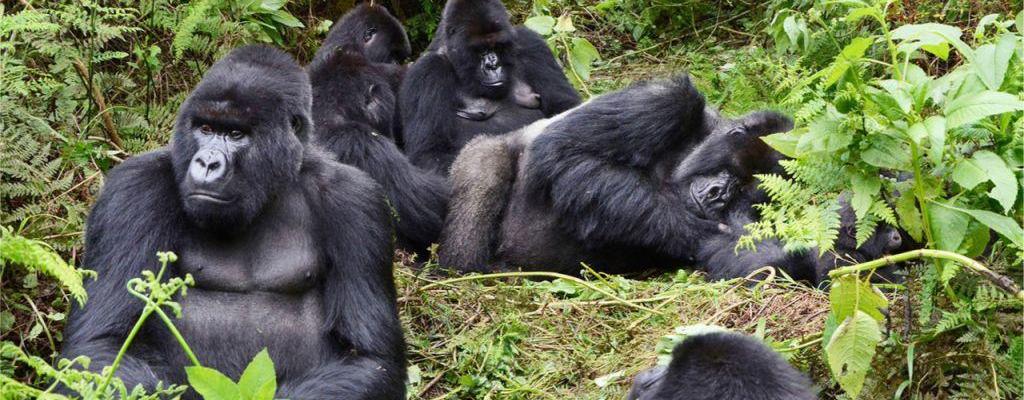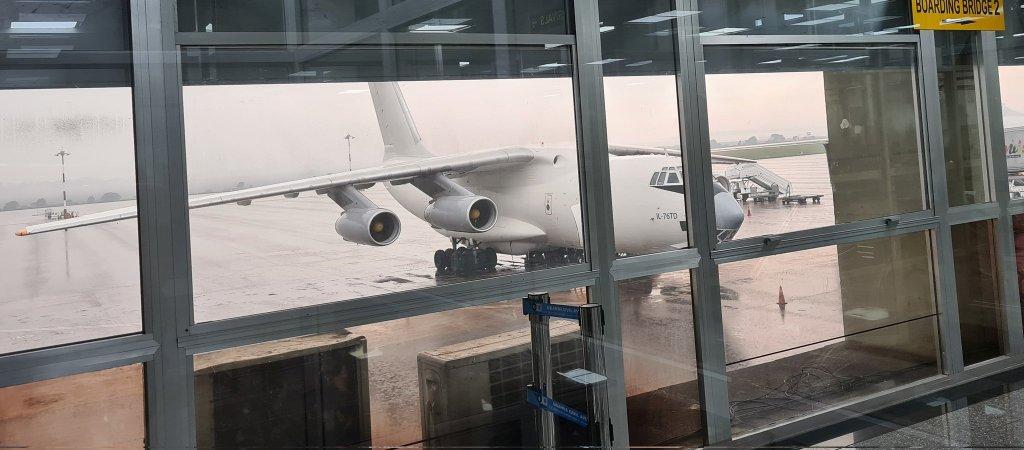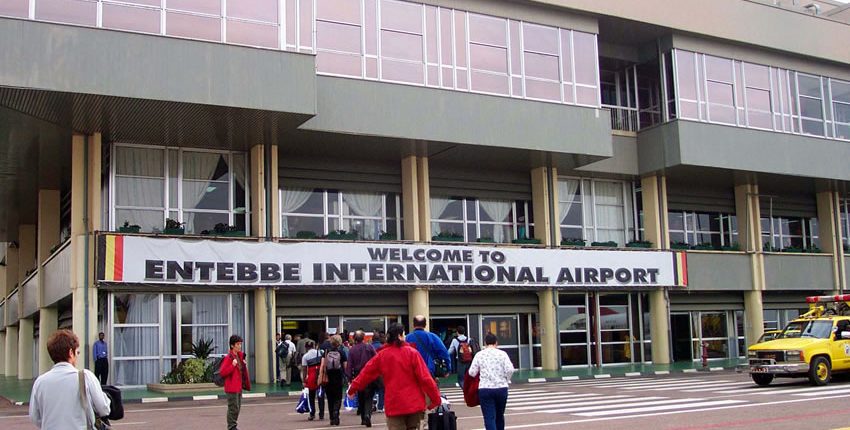(Kampala) – Uganda’s successful conservation efforts for mountain gorillas, the country’s major tourism attraction, face challenges that require global support to sustain their future.
Uganda, a key sanctuary for mountain gorillas, continues to face significant conservation challenges despite its efforts to protect these endangered creatures, which are central to the country’s tourism industry.
Mountain gorillas, of which fewer than 1,100 remain globally, are predominantly found in Uganda, Rwanda, and the Democratic Republic of Congo. Uganda alone is home to over half of the remaining population, with Bwindi Impenetrable National Park sheltering over 450 of these remarkable animals.
These gorillas, known for their intelligence, complex social behaviors, and strength, play a crucial role in Uganda’s tourism economy. The country’s National Tourism Authority reports that gorilla trekking generates approximately 70% of Uganda’s tourism revenue, underlining their significance. However, conservation efforts to protect the gorillas face mounting challenges.
Bashir Hangi, the Communications and Public Relations Manager at Uganda Wildlife Authority (UWA), explains that while significant strides have been made, the lack of resources and manpower for gorilla protection and habitat restoration remains a key obstacle. “We need more rangers to monitor gorillas and their habitats, but funding is a constant struggle,” says Hangi.
The gorilla trekking fees, which can cost up to $800 per permit, help support conservation efforts, including anti-poaching initiatives and habitat restoration. The funds also benefit local communities by supporting health and infrastructure projects. However, these efforts are undermined by threats such as habitat destruction, illegal logging, and cross-border poaching.
Geoffrey Baluku, a local tourism operator, highlights the importance of infrastructure in sustaining Uganda’s gorilla tourism. Roads in the gorilla trekking areas, particularly the Nkuringo-Rushaga road, are in poor condition, which can deter tourists and hinder conservation efforts. Improving these roads would make access easier for visitors and help boost tourism revenue.
In addition to these challenges, the gorillas’ close genetic relationship to humans makes them vulnerable to diseases like respiratory infections. Strict health protocols for tourists, such as limiting interactions to eight people per group, have been put in place to minimize these risks and protect the health of both the gorillas and their visitors.
Despite the difficulties, Uganda’s conservation efforts have made significant progress. Since the introduction of these measures, the gorilla population has seen an increase. Uganda’s approach to conservation, which balances wildlife protection with local community benefits, has been hailed as a model for other nations.
Dr. Gladys Zikusoka, founder of Conservation Through Public Health, advocates for a “One Health” approach to conservation, emphasizing the integration of human and animal health. This method fosters peaceful coexistence between local communities and wildlife while promoting the overall health of both species.
Uganda’s mountain gorilla conservation efforts are a success story, but challenges such as resource limitations, infrastructure issues, and global threats continue to put pressure on the country’s wildlife protection initiatives.




















